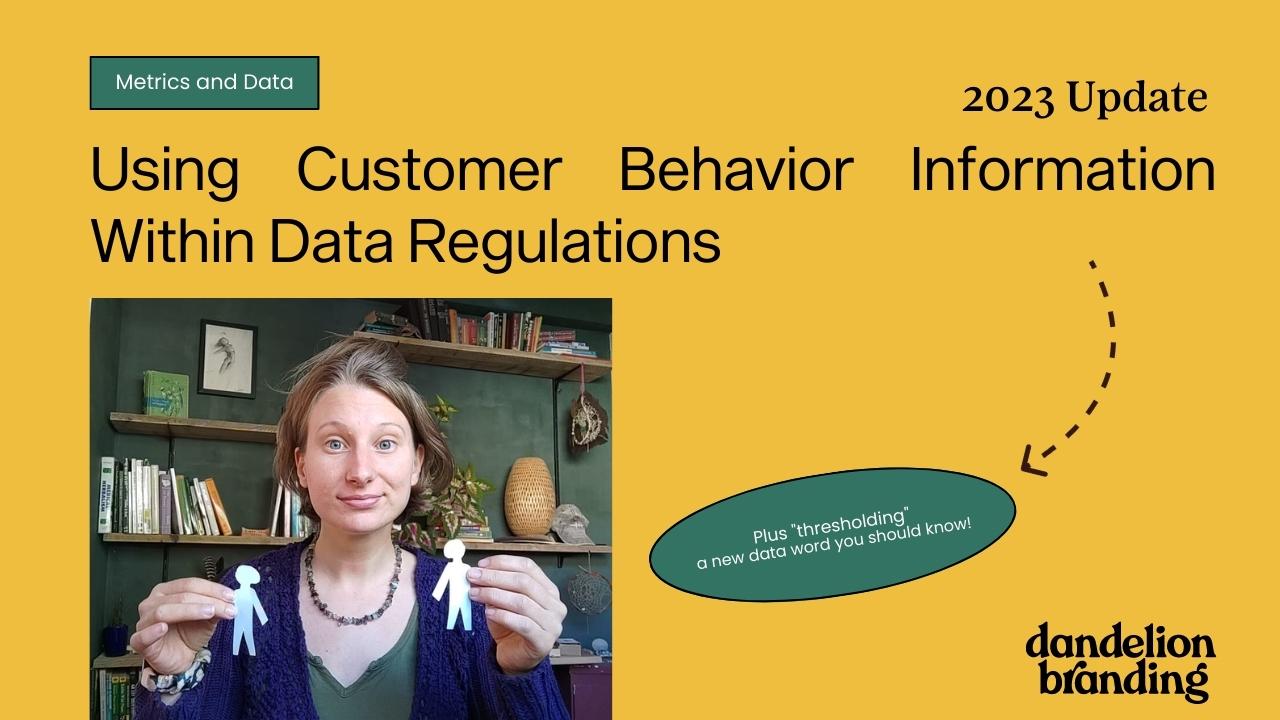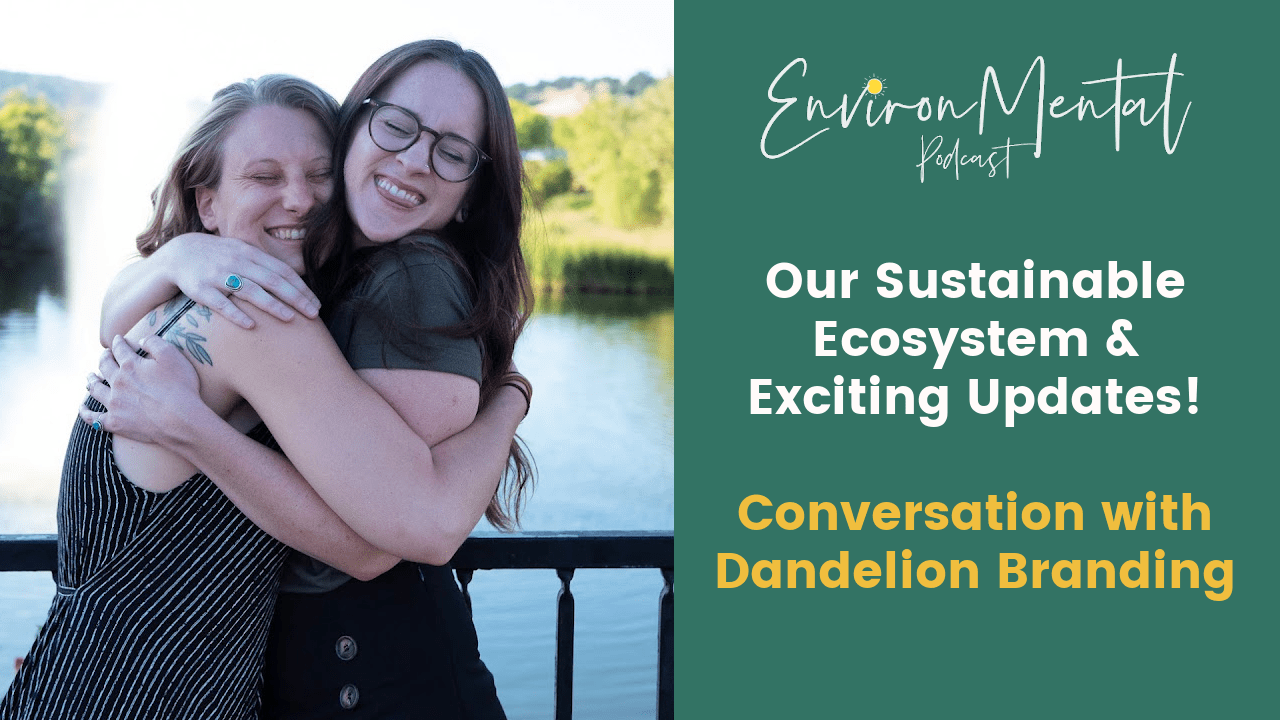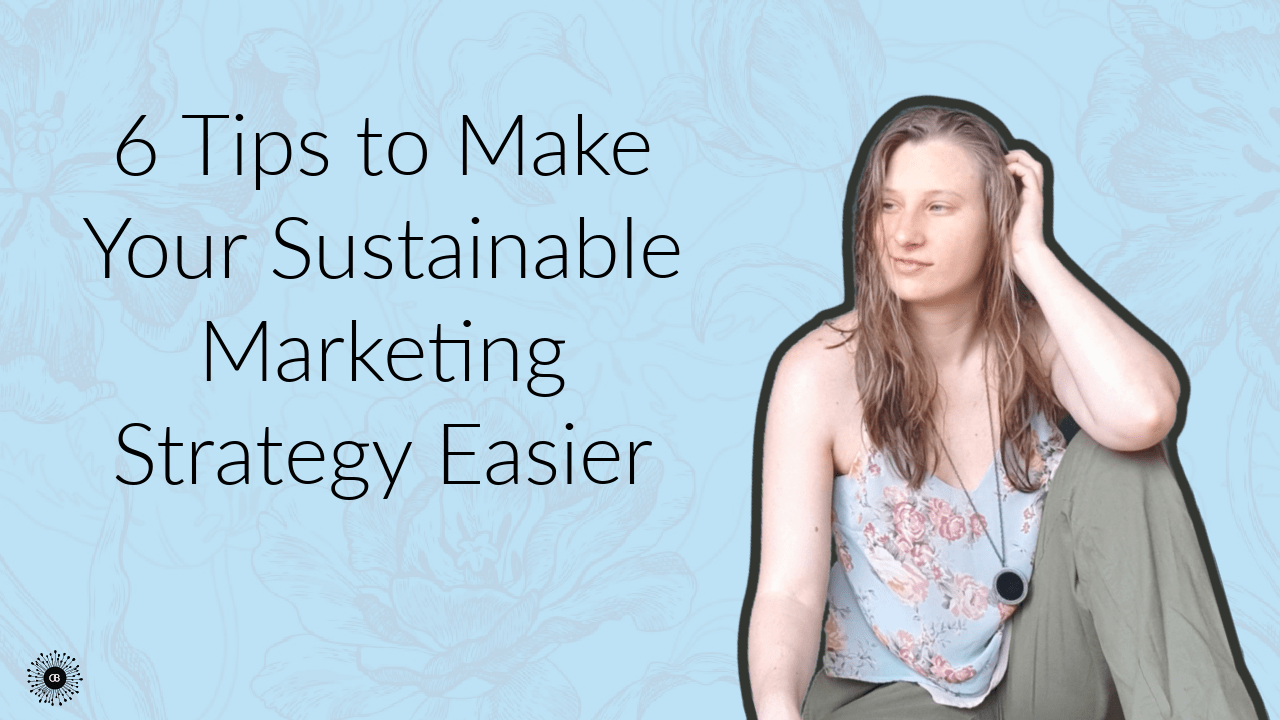The first time I wrote this article was in 2019. Not only has Dandelion changed how we do things, but a lot has changed about the data we’re allowed to collect and track in the past four years. The world is still in the midst of constant data and privacy regulations, so I feel compelled to put a date on this. This article is about how Dandelion Branding uses customer behavior to improve the marketing strategies we create for our clients in 2023 and 2024.
Before we jump into the goods, let’s start with the basics.
What is Consumer Behavior?
Google’s top answer to this question is, “Consumer behavior is the study of how people make purchase decisions to satisfy their needs, wants, or desires and how their emotional, mental, and behavioral responses influence the buying decision.”
In layman’s terms: understanding how your customer chooses to purchase from your business.
We talk a lot about the importance of knowing your audience but this is slightly different because it is knowing your customers. And yes, we want all of our audiences to be our customers. But that isn’t how brands and sales work in 2023.
Why is Customer Behavior Important?
Because when you know someone, you know how to sell them stuff.
Research on customer behavior is crucial for any company. Knowing your customers allows you to make their experience as lovely as possible. A great experience sells more, both in the long term and the short term.
Additionally, knowing actual customer information and then comparing them with an ideal audience profile is a great way to understand whether your marketing is hitting the mark. This is often where we find faults in a marketing strategy or an audience profile.
We never think that our ideal audience profiles will be a perfect match for every customer because every person and consumer is slightly different. But a customer behavior report serves as data and a proof of concept for an audience profile, generally. If they’re completely different from each other, something has to change.
How Dandelion Uses Customer Behavior
For us, understanding the baseline of customer behavior for our clients is as important as ensuring that we’re helping them grow. Afterall, if we don’t know the starting point, how can we calculate the growth?
We want to know what actions the bulk of people are doing on a brand’s website and we like to consider the motivation behind what drives that customer behavior. We use tools like Google Analytics and Hot Jar to help us understand things like landing pages, site flow, and drop off points that could be bungling up a customer’s user experience.
Protip: If you ever have the chance to watch how your most loyal customers use your website and connect with your marketing, take it. It offers valuable insight into how to communicate with similar audience members that haven’t become customers yet. It will also show you places throughout a customer’s journey that could be more smooth.
Once we have a baseline, we put together a holistic marketing strategy based on a brand’s personality, growth goals, ideal audiences, and their most current customer data. (Yes, it’s a lot. We don’t call it holistic for nothing!)
The Top 3 Types of Customer Information We Utilize
So what information do we use to make strategy decisions? Well, I don’t want you to feel like we’re pulling a bait and switch here, but without an ecommerce platform that gives you specific customer behavior insights (many of them try), data laws have made it ever-more difficult to get 100% clear customer behavior flow.
Google calls this ‘thresholding.’ Essentially, they capture a lot of data, but they put a limit on the information they share to prevent people from singling out users based on data. This includes specific customer behavior flows. While we understand privacy concerns and support Consumer Data Privacy Laws, we do believe website owners should have access into data around how users interact with their website. So we hope a balance can be found here!
Keeping this ever-changing data accessibility in mind, here’s how we use privacy respecting data to make choices in 2023.
1 – We Check Out the Main Landing Pages
We look at what page an audience member or customer lands on first. We find that it is typical to see the homepage or an article through organic search as a main landing page. It is much less common that people jump straight to a product/service page and make a purchase.
This is a change in customer behavior generally now and it is a trend we’re seeing grow. People are much more likely to shop around and look into a brand before they purchase from them the first time. We think this has to do with three things.
- The ease of online shopping.
- The saturation of every market (there will always be another option).
- Social/environmental good is on younger shoppers’ mind.
People might be looking for a product, but they want to make sure that company also aligns with their values. That means impulse buys are in a downward trend!
That’s why we keep a close eye on the top ten landing pages each month. It allows us to identify trends in consumer behavior and reframe the most common landing pages as sales pages in their own right.
2 – We Look at Customer Behavior Keywords & Interests
We have a pretty good idea of who the ideal consumers are for the folks we work with. And we use data to figure out a lot more.
Google Analytics has cool ‘interest’ insights that we check out every so often. It gives us a little bit of information about the website visitors’ lives and sometimes we can make some assumptions about them. Ie. If gardening is a common interest we see, we might add more plant-metaphors to our language if it makes sense for the brand.
Then we use tools like Search Console to figure out the words people search to show up on specific web pages. This is helpful because it gives us an idea of how to phrase things or what part of the customer journey a potential customer is in when they make it to the website. We can also get hints about whether we are bringing the right people to a site – which matters a lot when you’re growing a customer base.
We use this information a lot in SEO and optimization projects so that we optimize for current customers and the people.
3 – We Relish Repeat Customer Information
Knowing what makes someone become a customer is one thing, but to become a repeat customer is pretty special. It takes a lot of trust and loyalty because there will always be more options out there.
If we have access to repeat customer information, we definitely study it and look for places where they are very engaged. One way we get better information is to ask for it. We have sent out surveys, or asked single questions in emails for them to click on.
Are you interested in understanding your customers better? Schedule a call with a Dandelion Founder.




